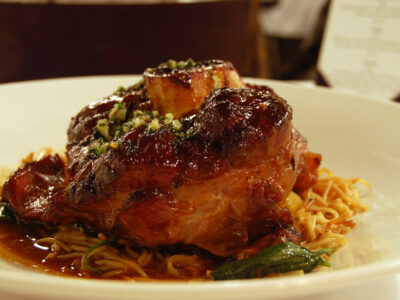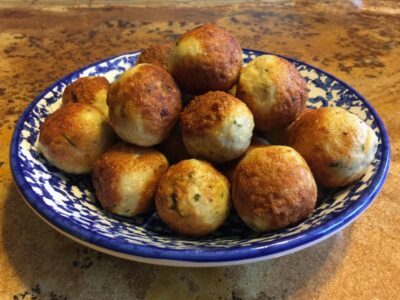Starters

1) Antipasto
This traditional first course of a formal Italian meal includes a combination of cured meats, olives, peperoncini, mushrooms, anchovies, artichoke hearts, cheeses , pickled meats, and vegetables in oil or vinegar.2) Carpaccio
A dish of raw meat or fish that has been thinly sliced. You'll find beef carpaccio quite commonly but other variations like veal, venison, salmon and tuna are also on menus.3) Minestrone
This thick soup of Italian origin is made with vegetables like beans, carrots, onions, celery, carrots and tomatoes. Often pasta or rice will also be added to this traditional Italian soup.Related Post

















